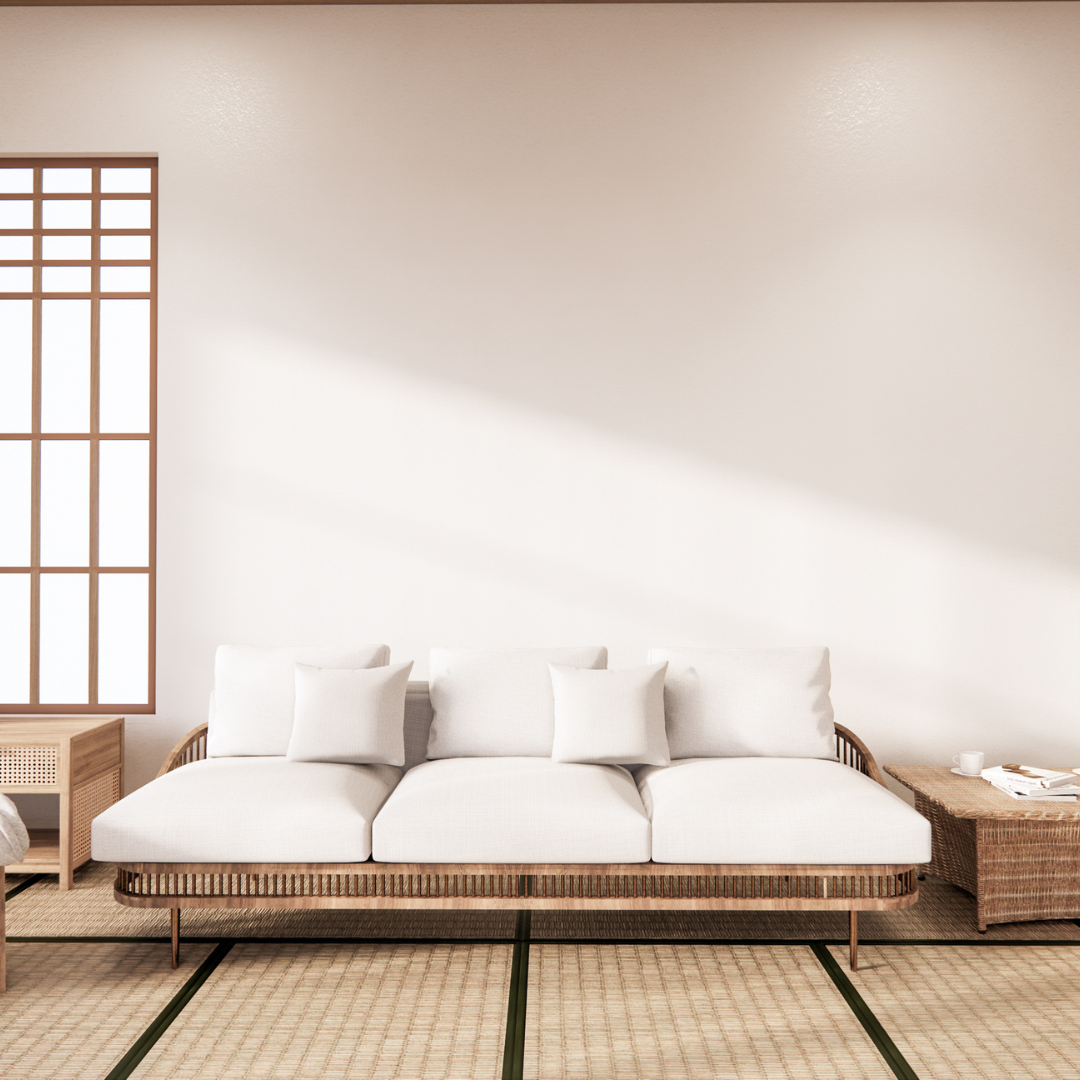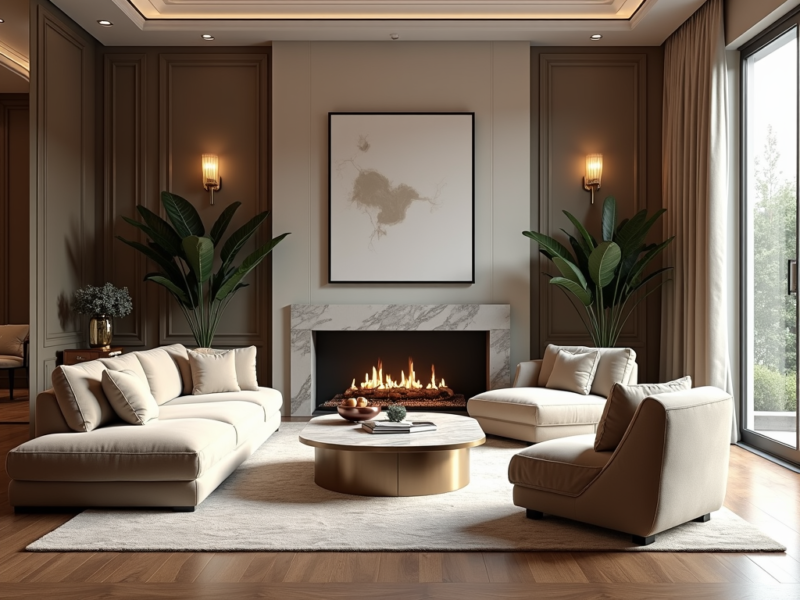Upcycling furniture is a sustainable and creative way to breathe new life into old pieces. With the right tools and a bit of imagination, anyone can transform outdated furniture into stylish, functional items that enhance any space. This DIY project not only saves money but also greatly reduces waste, making it an eco-friendly option for those looking to refresh their home.
Exploring different techniques can lead to various furniture makeovers. From painting and reupholstering to adding new hardware, there are countless ways to personalize each piece. Upcycling allows individuals to express their unique style while also enjoying a rewarding hands-on experience. By approaching old furniture with a fresh perspective, opportunities for innovation arise. Whether it’s a simple refresh or a complete transformation, upcycling can result in distinctive and appealing designs that stand out in any setting.
Planning Your Upcycling Project
A well-planned upcycling project sets the stage for success. Considering the right furniture to upcycle and gathering necessary materials can maximize creativity and minimize waste.
Choosing the Right Furniture
Selecting suitable furniture is crucial to a successful upcycling project. Look for pieces that are structurally sound yet need aesthetic updates. Popular options include wooden chairs, tables, and dressers. Thrift stores, garage sales, and estate sales are ideal hunting grounds. They often feature hidden gems that can be transformed with some DIY efforts. Before purchasing, assess the furniture’s condition and design potential. Consider the style you wish to create; vintage or modern, the right selection will align with both personal taste and functionality.
Design and Inspiration
Design plays a pivotal role in the upcycling process. Research various styles and trends to discover what resonates. Websites like Pinterest offer a plethora of upcycled furniture ideas that can spark creativity. Cocktails of different influences can create unique designs that showcase individual flair. Sketching out ideas can help visualize the transformation. Consider how color, texture, and materials will interplay in the final piece. Ensure that the design complements the intended space and enhances functionality. Inspiration can also come from magazines, blogs, and even local art shows.
Gathering Materials and Tools
Preparing materials and tools is essential for a smooth project. A basic toolkit typically includes sandpaper, paint, brushes, and screws. For paint, choose appropriate types that match the furniture’s intended use. For instance, using a durable finish for high-traffic furniture like tables can enhance longevity. Make a list of all needed supplies before starting. This ensures efficiency and helps avoid multiple trips to the store. Additionally, consider repurposed materials like old fabric or leftover wood to add unique elements without increasing costs. This approach can lead to innovative upcycling ideas while saving money.
Preparation and Cleaning
Proper preparation and cleaning are vital steps in the upcycling furniture process. This includes effectively stripping old finishes and ensuring surfaces are clean and primed for new treatments.
Stripping and Sanding
Before starting any furniture makeover, it’s essential to strip away existing finishes. This process may involve chemical strippers or sanding, depending on the furniture type and desired outcome.
- Chemical Stripping: Apply a paint or varnish remover according to the manufacturer’s instructions. Use a scraper to remove softened layers after a set dwell time.
- Sanding: For a smooth finish, sand surfaces using coarse-grit sandpaper, followed by finer grits.
Pro Tip: Always wear protective gear, including gloves and masks, when handling chemicals or sanding dust.
Cleaning and Priming
Once stripping and sanding are complete, thorough cleaning is crucial. Dust and debris can interfere with paint adherence.
- Cleaning: Wipe down surfaces with a damp cloth to remove dust. For stubborn residues, a mild detergent solution may be necessary.
- Priming: After cleaning, apply a primer suitable for the new paint. Primer helps seal the surface and enhances paint durability, making it essential for a lasting finish.
Note: Proper cleaning and priming also minimize the risk of peeling, ensuring a successful upcycle.
Upcycling Techniques
Effective upcycling techniques can transform old furniture into stylish, functional pieces. This process includes a variety of methods such as painting, reupholstering, and adding creative features. Each technique enhances the furniture’s appeal while allowing for personal expression.
Painting and Finishing
Using chalk paint is a popular choice for giving furniture a rustic or farmhouse style. It adheres well to most surfaces and requires little preparation, making it easy for anyone to use. A light sanding can improve adhesion and create a smoother finish. Finishing touches, like wax or a clear coat, enhance durability and add a professional look. For those who want to personalize their pieces, decoupage offers an opportunity to incorporate patterns or images that suit individual tastes. Simply apply a layer of glue, add the desired paper or fabric, and seal with a topcoat.
Reupholstering and Fabric Choices
Reupholstering furniture allows for a fresh look while using high-quality materials. Choosing the right fabric is crucial; consider durability and ease of cleaning. Canvas, linen or even cane webbing can enhance comfort and style. Before starting, remove old fabric and inspect the underlying structure for damage. Using a staple gun ensures a tight fit while keeping patterns aligned provides a polished appearance. Accessories like trims and buttons can elevate the design, creating a unique statement piece.
Adding Unique Features and Details
Incorporating unique features can greatly enhance the character of any piece. Adding hardware such as vintage knobs or decorative brackets can significantly change its look. They can provide both function and flair. Another technique is using stencils to apply designs or patterns directly onto surfaces. This affordable approach can modernize any furniture and make it a focal point. Incorporating custom elements, such as a fresh coat of paint or unique leg styles, helps create a standout piece tailored to personal tastes.
Styling and Decorating
Styling and decorating upcycled furniture adds personality and enhances the overall aesthetic. Thoughtful staging and photography can showcase creativity and draw interest.
Staging Your Furniture
When staging upcycled furniture, consider the space where it will be placed. Arrange furniture to create a focal point, ensuring that it complements the surrounding decor. Utilize colors that harmonize with other elements in the room to create a cohesive look. Incorporate plants, artworks, or lighting fixtures to enrich the environment. A well-styled setup can highlight the unique features of repurposed furniture. For example, using an upcycled coffee table as a display surface for decorative items can invite attention and spark conversation. Layer textures with cushions or throws to soften the appearance of furniture. This approach enhances comfort and visual appeal, making the furniture inviting and stylish.
Photography and Sharing
Capturing quality photographs of upcycled furniture is essential for showcasing its appeal. Use natural light to illuminate details and textures. A simple background allows the furniture to stand out, emphasizing its characteristics. When photographing, consider different angles and focal lengths to bring out unique elements. Close-ups can illustrate craftsmanship, while wider shots provide context in a living space.
After capturing images, sharing them on social media platforms is an effective way to reach a wider audience. Use relevant hashtags like #UpcycledFurniture or #RepurposedIdeas to engage with like-minded individuals. Creating ads with these images can also attract buyers interested in sustainable options.



